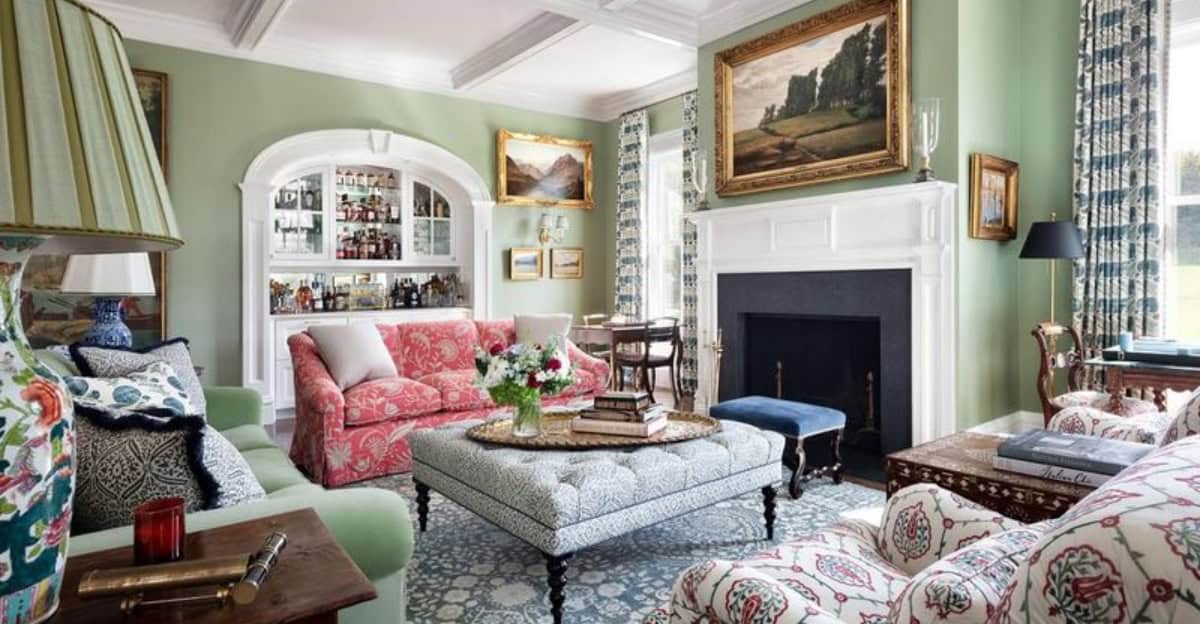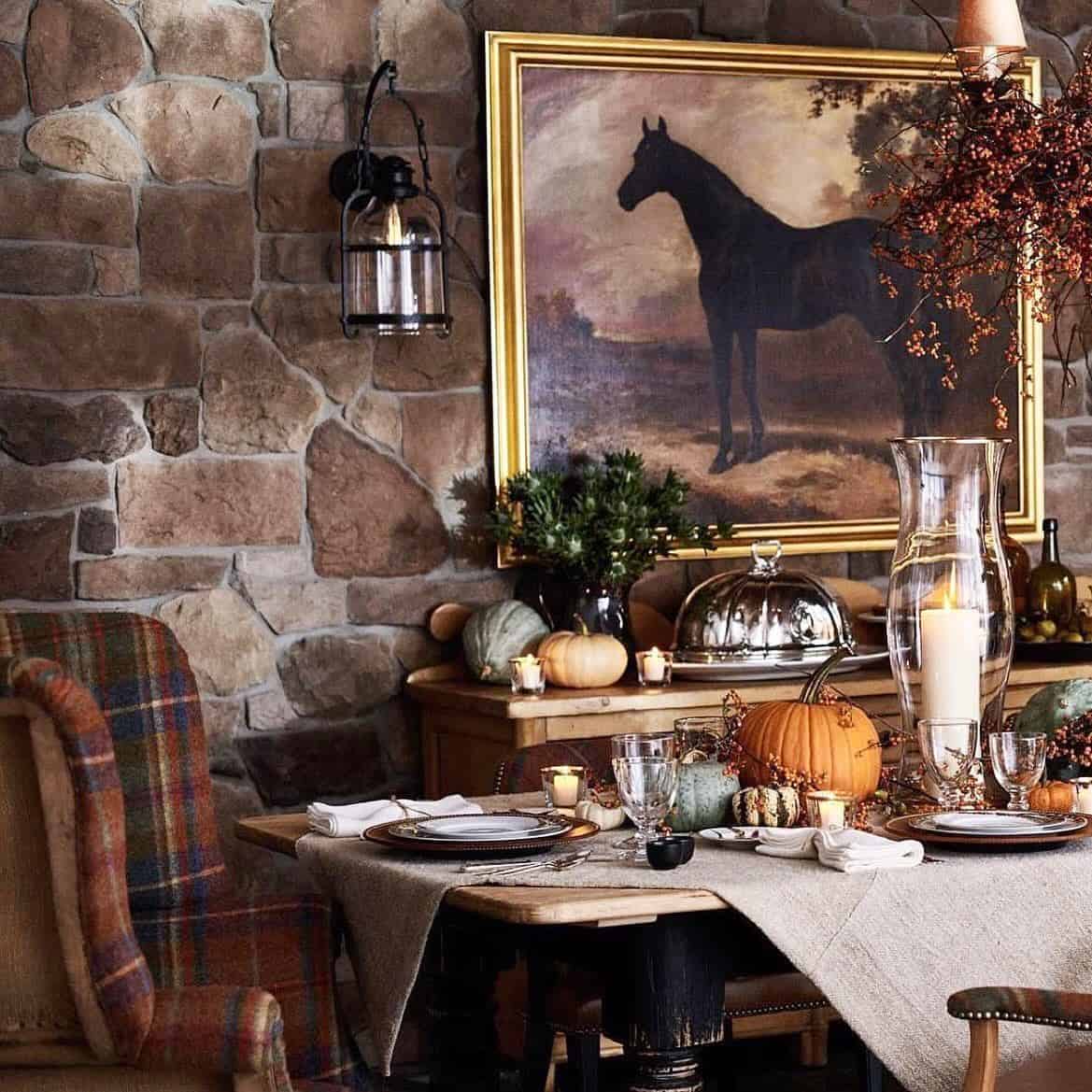Historic homes carry a charm and elegance that modern design often strives to emulate. They tell stories through their structure, decor, and ambiance, offering invaluable lessons for contemporary interiors.
Whether it’s about embracing natural light or using materials that stand the test of time, these homes have much to offer.
In this article, we explore 10 insightful lessons from historic homes that can inspire and guide your own interior design efforts.
1. Embrace Natural Light
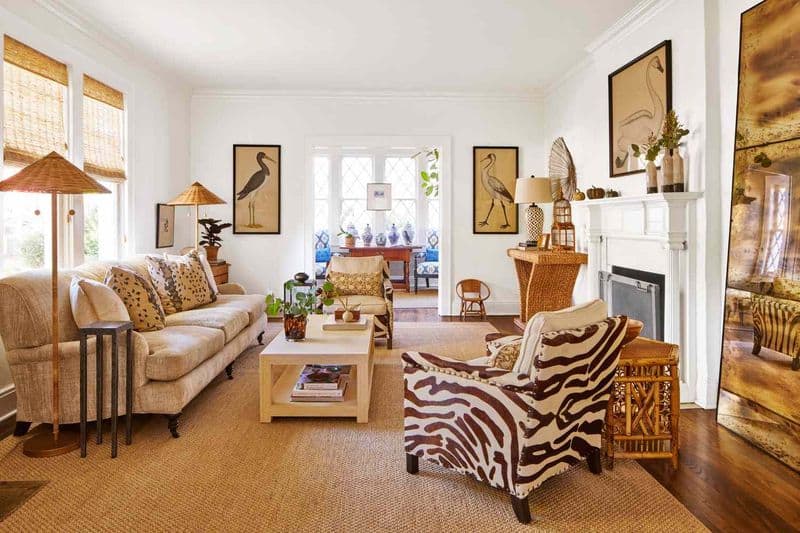
Natural light is pivotal in historic homes, illuminating spaces and creating an inviting atmosphere. Large windows, often with intricate wooden frames, allow sunlight to flood rooms.
Maximizing natural light can be achieved by using light-colored walls and strategically placing mirrors. Consider replacing heavy drapes with sheer curtains to let in more light.
This not only brightens the space but also connects the interior with the exterior environment.
Harnessing natural light can enhance the mood and functionality of any room, making it a timeless design strategy.
2. Utilize Authentic Materials
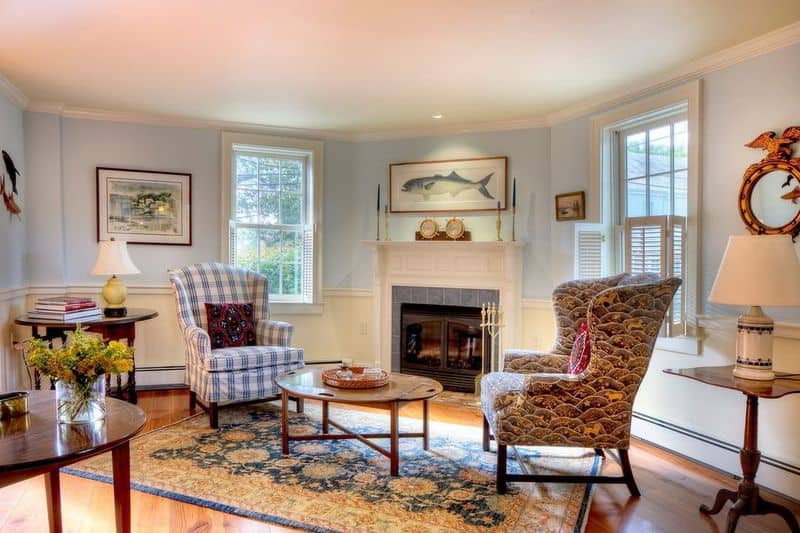
Historic homes are abundant in authentic materials like wood, stone, and metal. These materials add a sense of durability and authenticity to the space.
When designing interiors, consider incorporating elements such as wooden beams or stone fireplaces.
These materials offer character and age beautifully over time, providing warmth and texture. Opting for real materials over synthetic alternatives ensures longevity and a timeless appeal.
Authentic materials create a connection to the past, adding depth to modern interiors.
3. Incorporate Ornate Details
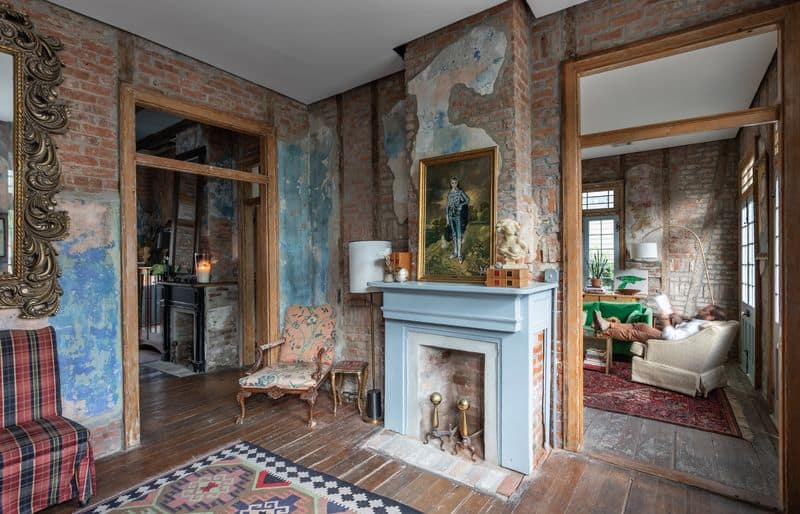
Ornate details in historic homes, such as crown moldings and carved woodwork, showcase craftsmanship and attention to detail. These elements add elegance and sophistication to any interior.
Incorporate such details by adding decorative moldings to ceilings and walls or choosing furniture with intricate carvings.
These elements draw the eye and can become focal points in a room. Embracing ornate details can transform a simple space into one of grandeur and refinement.
4. Prioritize Functionality
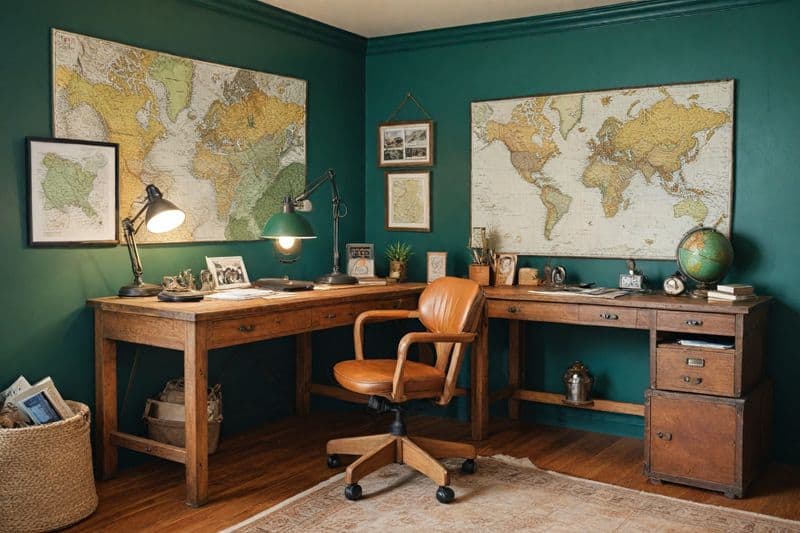
Historic homes were designed with functionality in mind, often featuring built-in storage and easily accessible spaces. Prioritizing functionality in modern interiors ensures a practical living environment.
Incorporate built-in cabinets or multipurpose furniture to maximize space utility. Design layouts that cater to daily living needs while maintaining aesthetic appeal.
Functionality does not have to compromise on design, and historic homes exemplify this balance beautifully.
5. Create Inviting Common Areas
Common areas in historic homes were designed to foster community and connection. They often feature comfortable seating arrangements and a central focal point, like a fireplace.
When designing your own spaces, focus on creating areas where people can gather comfortably. Use plush furniture and arrange seating to encourage interaction.
Inviting common areas make a home feel warm and welcoming, ideal for hosting friends and family.
6. Use Symmetry in Design
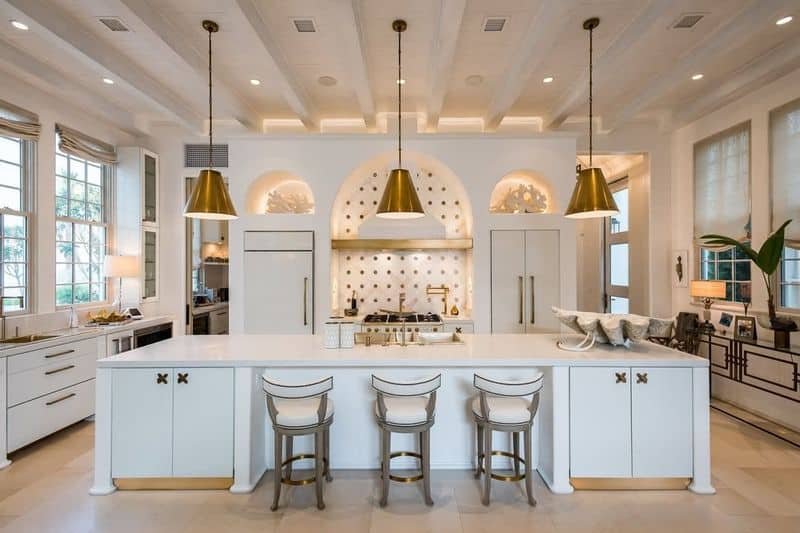
Symmetry is a recurring theme in historic home design, creating a sense of balance and harmony. This principle can be applied to modern interiors by arranging furniture and decor symmetrically.
Use pairs of furniture, mirrors, or artwork to achieve symmetry. This approach not only enhances visual appeal but also brings a structured, cohesive look to the room.
Symmetry’s timeless elegance can elevate any design.
7. Celebrate Patina and Wear
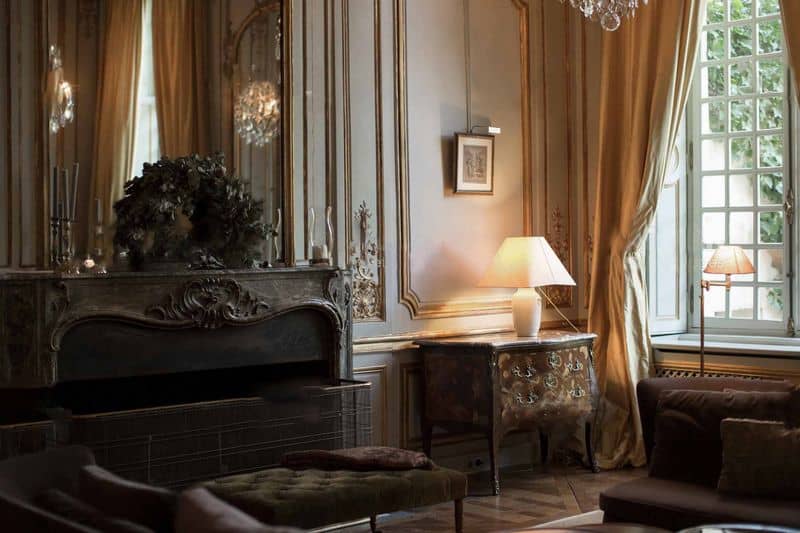
The patina in historic homes tells a story of time and use, adding character and charm. Embrace the natural wear of materials like leather and wood in your interiors.
Allow these materials to show their age, which adds depth and authenticity to the decor.
Rather than seeking perfection, celebrate imperfections as part of the home’s history, making spaces feel lived-in and inviting.
8. Incorporate Outdoor Elements

Historic homes often feature conservatories or porches, integrating outdoor elements into the living space. This connection to nature can be replicated by introducing plants or opening up to garden views.
Consider adding large windows or glass doors to invite nature inside. This approach not only enhances aesthetic appeal but also improves air quality and mood.
Incorporating outdoor elements creates a serene and refreshing environment.
9. Layer Textures and Patterns

Historic interiors often showcase a blend of textures and patterns, adding visual interest and depth. Incorporate varied fabrics, wallpapers, and finishes to create a layered look.
Mixing textures like velvet, silk, and wood can make a space feel rich and inviting. Patterns, whether in rugs or upholstery, add character and style.
Layering elements provides a dynamic, sophisticated look that stands the test of time.
10. Value Architectural Integrity
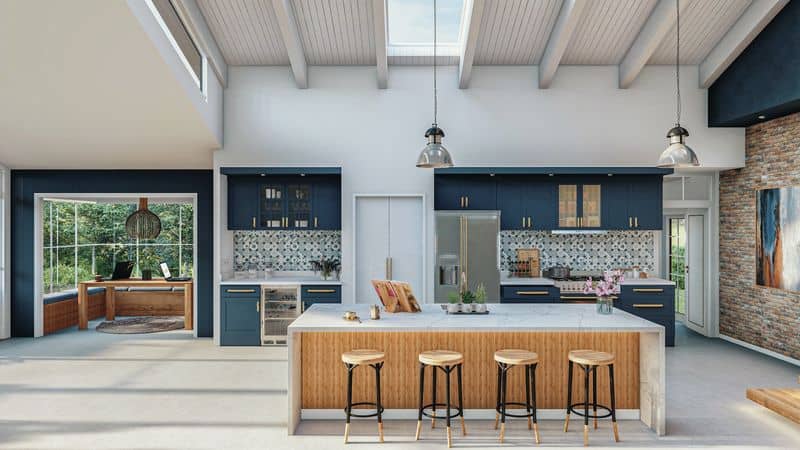
Historic homes often retain their architectural integrity, preserving original design elements. When designing interiors, respect the architecture’s original intent.
Highlight features such as exposed beams or original fireplaces rather than obscuring them. This approach maintains the home’s character and honors its history.
Valuing architectural integrity ensures a respectful nod to the past while accommodating contemporary living.

